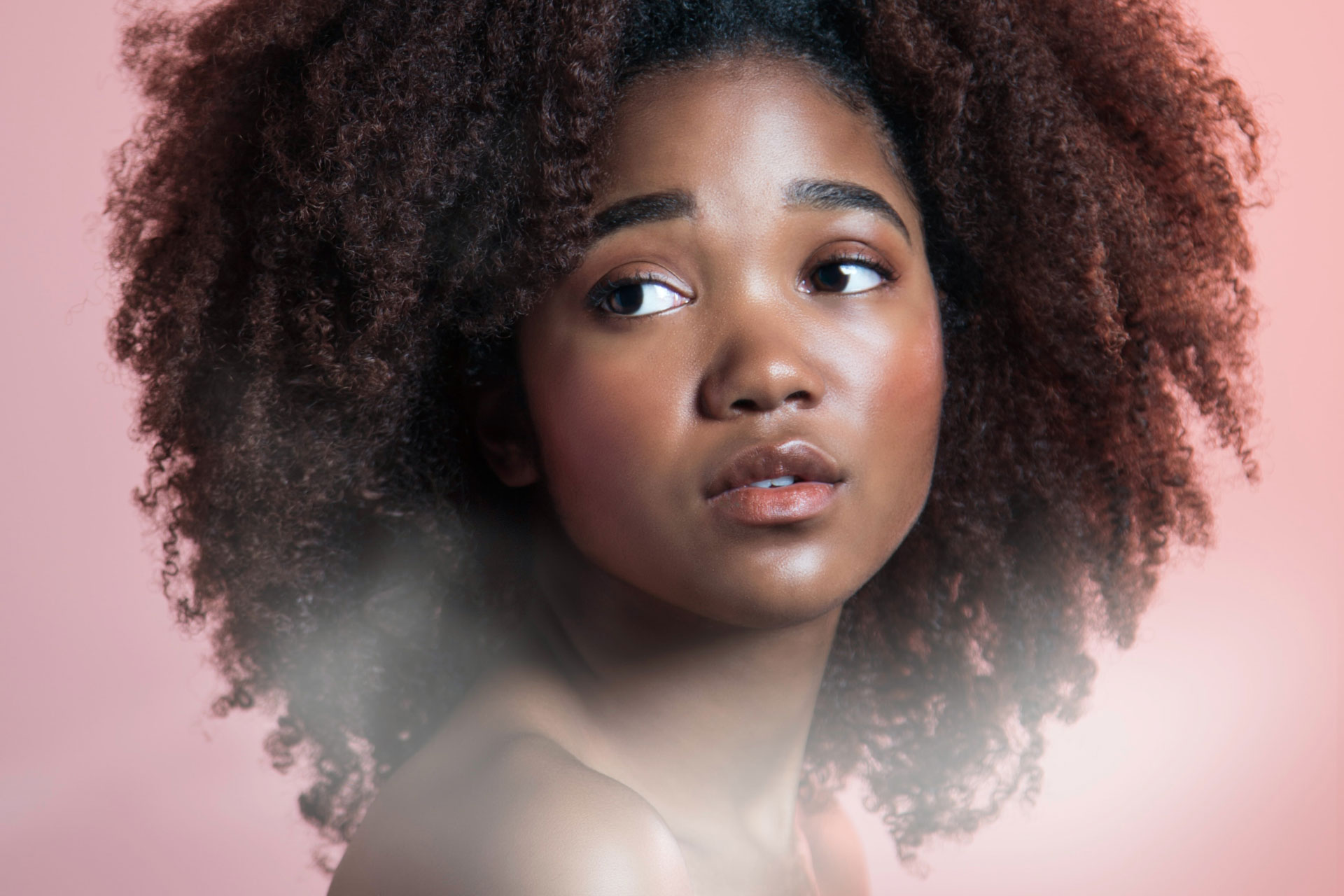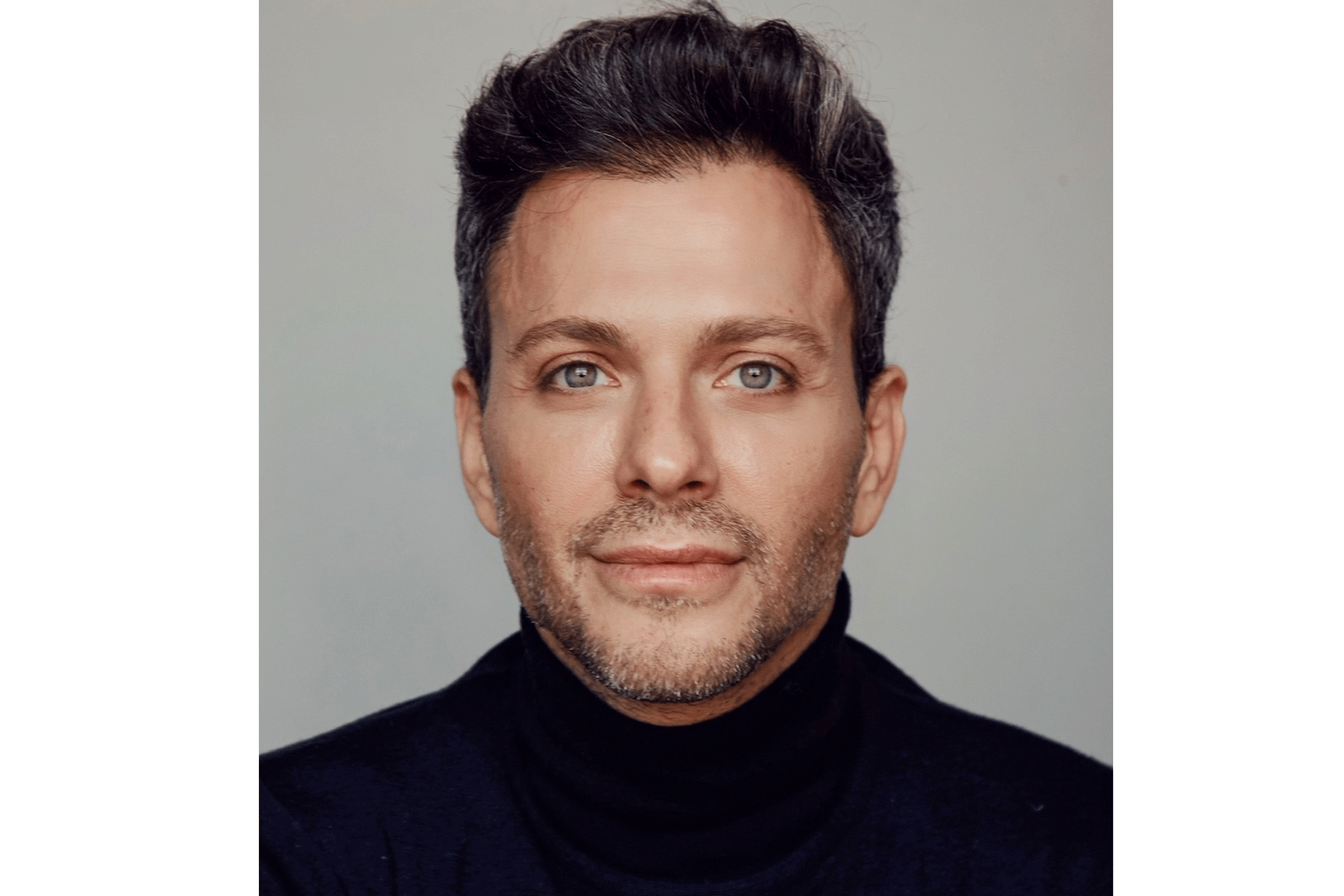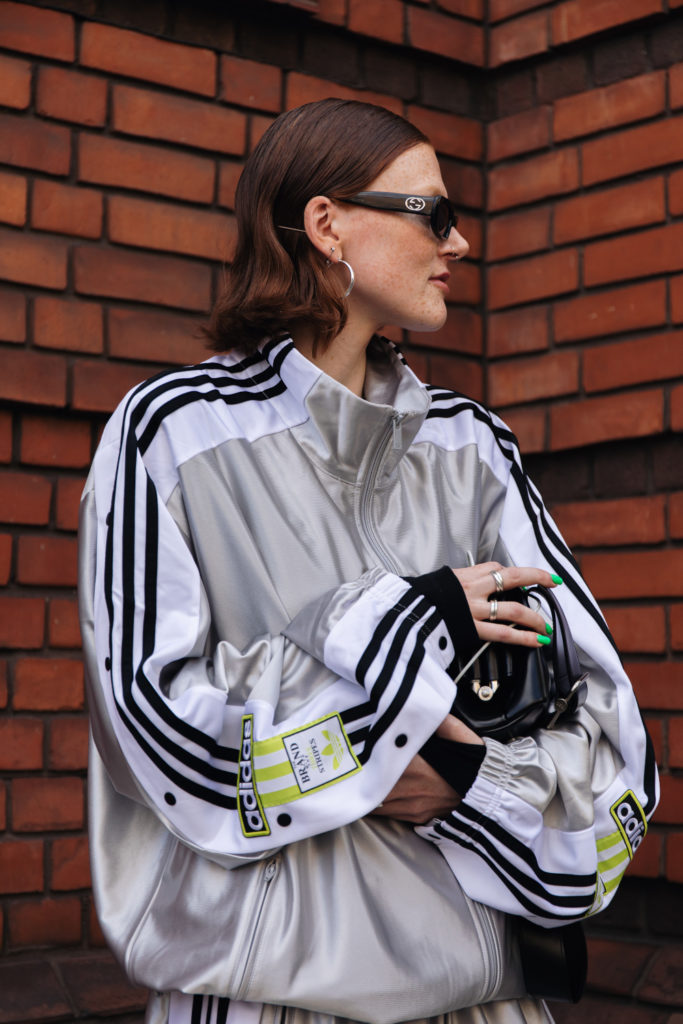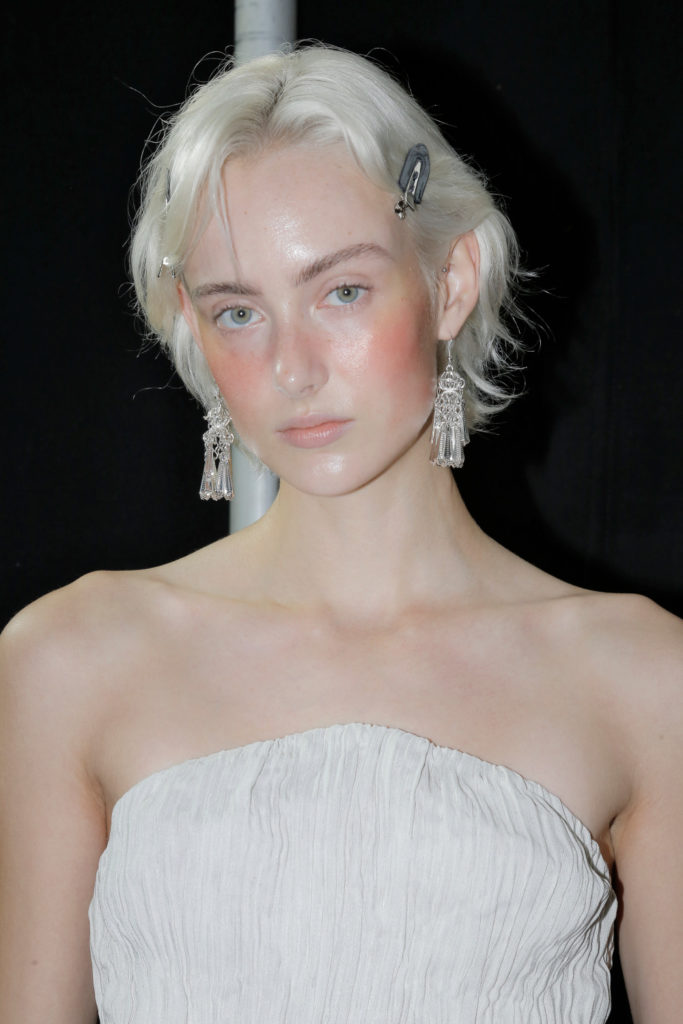Ask The Expert: How To Tackle Rosacea With Dr Wassim Taktouk
By
4 years ago
It’s Rosacea Awareness Month and we’ve got some expert advice

Maskne is not the only skin concern effecting many during this pandemic. This Rosacea Awareness Month, Dr Wassim shares his tips for Rosacea sufferers who may be having more flare-ups than usual during lockdown.
Best Beauty Supplements To Know Now
How To Tackle Rosacea With Dr Wassim Taktouk
What is Rosacea?
It’s a common dermatological cause of facial redness and visible blood vessels, known as rosacea. This is a chronic skin condition characterised by redness that typically affects the central part of the face such as the nose and cheeks, although it can spread to other areas. This inflammatory skin condition may also produce pus-filled bumps that can be mistaken for acne and in some instances, affect the eyes. The redness in rosacea is initially transient and in later stages becomes fixed and permanent. Over time, rosacea can in some patients thicken the skin on the nose causing the nose to appear bulbous (Rhinophyma). Rosacea may initially be mistaken for acne or other skin problems and it is therefore important to seek a dermatologist’s advice in order to treat and manage it effectively.
Who gets Rosacea?
Rosacea can affect anyone however it is more commonly seen in women in their 3rd to 5th decades of life, people who have light skin and people who blush a lot. There may in some cases be a link to genetics and gut health.
What triggers Rosacea?
Typical triggers for the flushing component of rosacea include hot drinks such as tea and coffee, spicy food, alcohol, dairy products, extremes of temperature, emotions, exercise and drugs that dilate the blood vessels. Gut health can also contribute to worsening of rosacea.

Dr Wassim Taktouk
How do you treat it?
Treatment and management of rosacea is through identifying and eliminating the trigger factors, correct use of appropriate sunscreen, appropriate skincare regimen, topical or oral medication as required by the severity of the condition, and laser treatments for the redness.
Keep your skin regime simple, look for a Hyaluronic or glycerin based moisturiser, such as Skinceuticals Hydrating B5 cream or La Roche Posay’s Hyalu B5 range. Wear sun protection daily, and make sure you opt for a sensitive skin range like Anthelios by La Roche Posay or Heliocare gel spf. Facial redness can also be triggered by irritating the skin when certain products or skincare regimes are used. These include the use of exfoliants, retinols or acid or alcohol-based products particularly in individuals with sensitive skin. Therefore, following a skincare regime and using products designed for the management of rosacea is prudent. Using a hydrating moisturiser and strengthening the skin barrier with products containing niacinamide/nicotinamide or ceramides is important.
Laser treatments with the pulsed dye laser “V Beam Prima” at my new Clinic, The Taktouk Clinic, is the gold standard treatment and is highly effective. This laser can be safely combined with other creams or medication for rosacea.
Botulinum toxin (Botox) injections can also be used in the treatment of flushing and redness of the face, and this can be performed immediately after the treatment with pulsed dye laser. Dr. Firas Al-Niaimi at The Taktouk Clinic has published his scientific work on this particular treatment in a highly respected international dermatology journal.
You can book an appointment at The Taktouk Clinic and follow Dr Wassim Taktouk on Instagram: @drwassimtaktouk
Best Sustainable Beauty Brands & Eco-Beauty Buys / The Best Treatment Cleansers for All Skin Types






